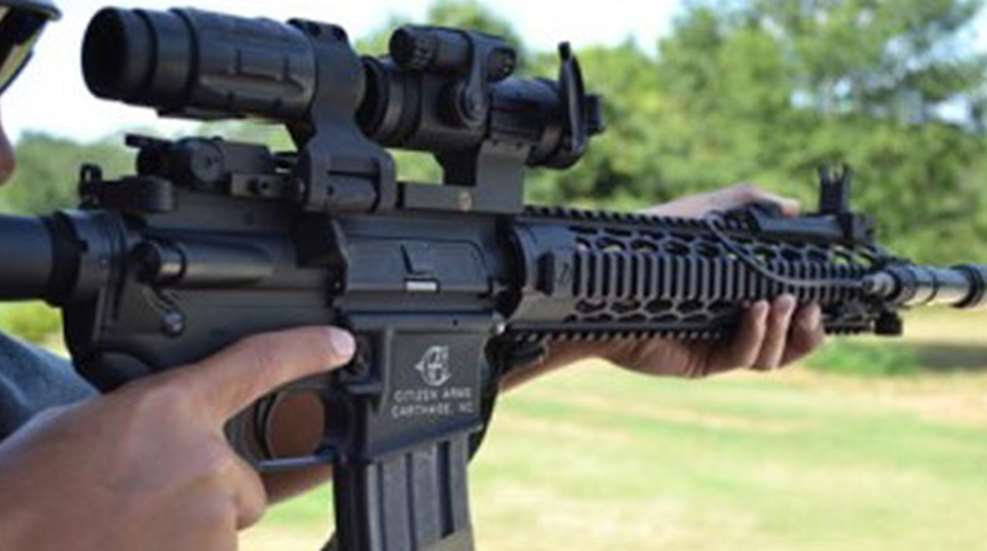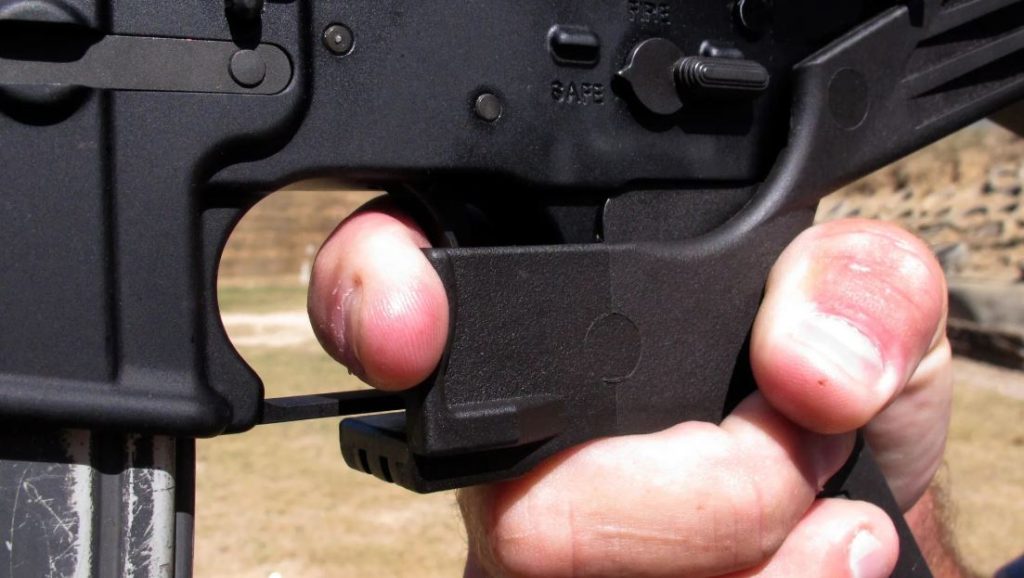
I’ve been seeing a lot of confused commentary on the Supreme Court’s decision in Garland v. Cargill, which ruled that bump stocks did not violate the National Firearms Act (NFA) provision prohibiting machineguns.[1]Yes, I’m aware that 1934 National Firearms Act doesn’t actually prohibit machineguns. But it has the legal definition of a machinegun (or “machine gun”), and it places a heavy tax and paperwork burden on them, which lays the foundation for the confusingly-named 1986 Firearm Owners’ Protection Act, which does ban all new machineguns.
One thing that’s important to understand is that the Supreme Court did not overturn the National Firearms Act. They did not rule that any part of it was unconstitutional under the 2nd Amendment. This was not a ruling about the Constitution. The opinion is purely about statutory interpretation. From the Court majority’s point of view, what the Supreme Court did was uphold the National Firearms Act by throwing out the incorrect interpretation of the NFA by the Bureau of Alcohol Tobacco and Firearms (ATF).
The Court’s reasoning seems to have turned on the phrase from the law defining a machinegun as a gun capable of firing “automatically more than one shot…by a single function of the trigger.” I’m going to try to explain what that has to do with what a bump stock does.
To understand how a bump stock works, imagine holding a rifle in a normal firing position, with the back of the stock against your shoulder, your strong hand gripping the gun just behind the trigger and your weak hand gripping the forward part of the gun (the forestock, barrel shroud, attached grip, etc).

Now imagine that someone next to you reaches over and sticks their index finger into the hole in the trigger guard, just in front of the trigger, and holds it there firmly. If you then pushed your hands forward, bringing the stock away from your shoulder, you would push the trigger against the other person’s finger, firing the rifle. The recoil from firing would shove the gun backwards toward your shoulder pulling it back away from the other person’s finger, releasing the trigger. If you continued to push forward the whole time, you would quickly overcome the recoil momentum of the gun and push it forward into the other person’s finger, starting the whole firing process again. With a little practice, you could fire bullets very rapidly using this method.
A bump stock eliminates the need for a second person’s finger. It replaces the regular stock and/or rear grip and slides forward and backward an inch or so. You start by pulling the bump stock back with your strong hand and shoving the front of the gun forward with your weak hand. Then to fire the gun, you place your index finger inside the trigger guard and pull back on the trigger until your finger presses against the tab on the bump stock on the opposite side of the gun. This finger motion will also press the trigger and fire the gun.

With a normal stock, the recoil would push your strong hand back, bringing your index finger with it, still pressed against the trigger. Using a bump stock, however, your finger on the bump stock tab doesn’t move, and the backwards recoil of the gun slides it back into the bump stock, pulling the trigger away from your finger. The trigger then resets for the next shot. If you continue shoving the front of the gun forward with your weak hand, you’ll slide it forward away from the bump stock, in the process pulling the trigger forward into your finger, starting the firing cycle again. This produces the machinegun-like effect that is causing so much concern.
The majority of the Supreme Court ruled that this process does not fit the NFA’s definition of a machinegun as a gun capable of firing “automatically more than one shot…by a single function of the trigger” because the trigger is still being pulled once per shot. The dissent basically argues that the finger on the bump stock tab is part of the function of the trigger: The shooter pulls the trigger once and then the gun fires multiple shots, therefore it’s doing what Congress described machineguns as doing.
I originally planned to summarize the rationale behind each position, but I couldn’t figure out how without paraphrasing large portions of the opinion. If you really want the details, I recommend reading the full opinion. Personally, I think the majority’s interpretation makes more sense, given the precise language of the statute. On the other hand, I don’t think the dissenting opinion is unreasonable nonsense, and I can understand why some people might sincerely favor it.
But even if we feel that both interpretations are equally plausible, I still think the majority reached the correct opinion. The NFA doesn’t just make it illegal to possess a machinegun, it sends people to prison for up to 10 years. I think a penalty that harsh carries with it the burden of making the law clear enough for people to understand what acts would violate it. If the law is instead ambiguous, then a legal principle called the rule of lenity says we should interpret the law in the least restrictive way, because otherwise we end up punishing people for committing acts that are not clearly identified as crimes. If people are going to be punished for breaking the law, they have a right to be informed what the law forbids.
Given the failure of the National Firearms Act to squarely address the issue of bump stocks — to the point where even Supreme Court Justices have differing opinions — the rule of lenity comes down on the side of treating them as legal. At least until Congress speaks more clearly to the matter.
Footnotes
| ↑1 | Yes, I’m aware that 1934 National Firearms Act doesn’t actually prohibit machineguns. But it has the legal definition of a machinegun (or “machine gun”), and it places a heavy tax and paperwork burden on them, which lays the foundation for the confusingly-named 1986 Firearm Owners’ Protection Act, which does ban all new machineguns. |
|---|

Leave a Reply